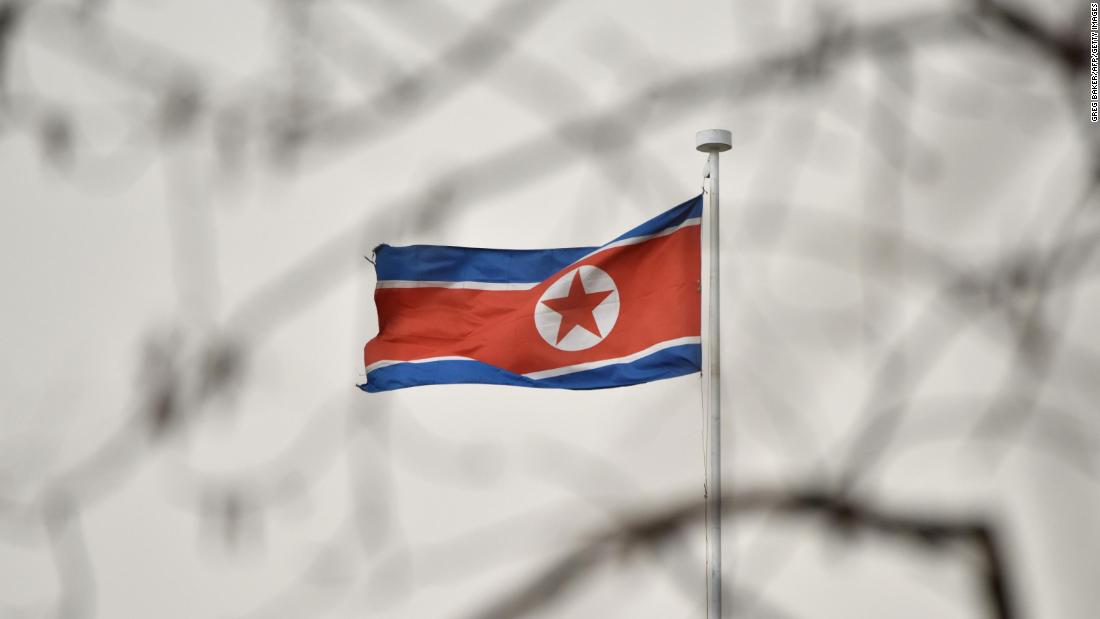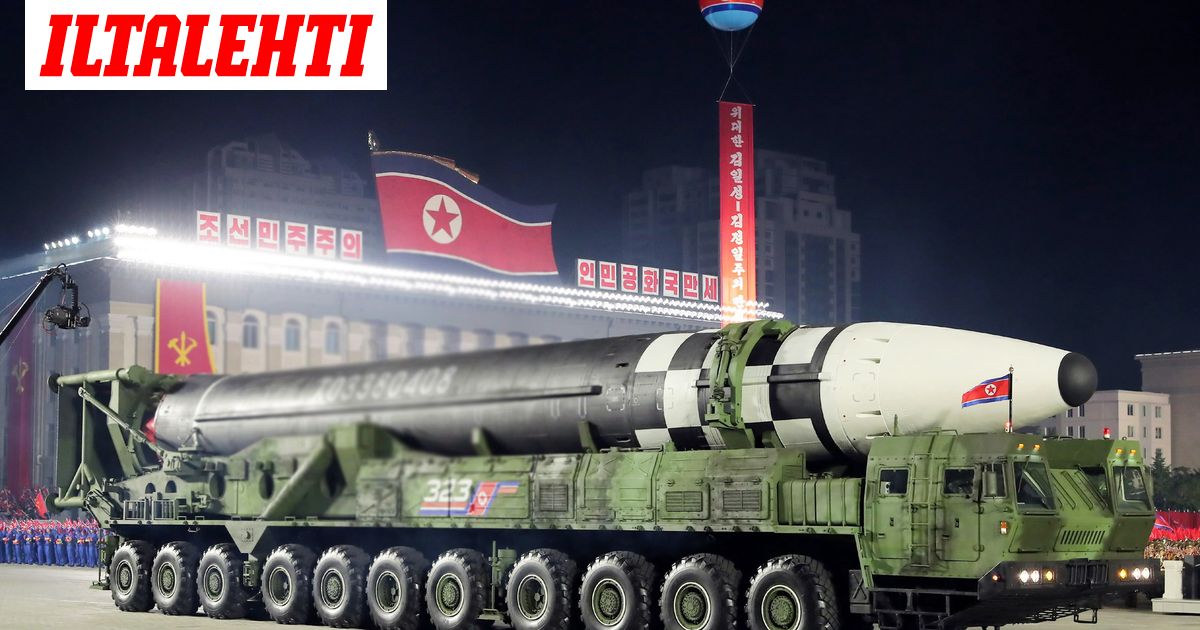South Korea can now develop ballistic missiles capable of reaching targets far beyond the Korean Peninsula, following the United States’ approval to lift a 42-year-old restriction on its ally’s missile development program.
South Korean and U.S. leaders announced the termination of missile guidelines imposed on Seoul in 1979. At the time, South Korea wanted to acquire American technology to develop its own missiles, and in return, the Asian nation agreed to limit the range of its missiles to 180 kilometers with a maximum payload of 500 kilograms.
In the face of increasing threats from North Korea, the guidelines have been revised four times. A 1997 revision allowed Seoul to develop a ballistic missile carrying a 500-kilogram warhead with a maximum range of 300 kilometers. Another revision was made in 2012 that extended the ballistic missile range to 800 kilometers with a 500-kilogram warhead.
Following Pyongyang’s sixth nuclear test in 2017, Seoul and Washington agreed to scrap the limit on warhead weight, and another revision was made in 2020 to allow the development of solid-propellant space rockets.
“I’m pleased to announce the end of the missile guidelines,” President Moon Jae-in said during a joint news conference at the White House in Washington on May 21, following his summit with U.S. President Joe Biden. “This is a symbolic and substantive measure to demonstrate the solidity of the ROK-U.S. alliance along with the conclusion of the bilateral defense cost agreement in the early days of the Biden administration’s inauguration.”
The acronym ROK refers to South Korea’s official name, the Republic of Korea.
Without the restrictions on missile ranges, observers believe South Korea is likely to prioritize the development of intermediate-range ballistic missiles with a maximum range of 1,000-5,000 kilometers capable of reaching targets beyond the Korean Peninsula. It is also possible Seoul could try developing longer-range submarine-launched ballistic missiles or conduct research on hypersonic weapons.
“We have long secured enough technologies and know-how to develop longer-range missiles but were not able to make them due to the missile guidelines,” said Nam Se-gyu, a former head of the South Korean government’s Agency for Defense Development. “We’ve developed a variety of missiles
necessary for national security, and now we can develop any type of missiles, as if an automobile company with a portfolio of compact cars would be able to develop bigger ones.”

 edition.cnn.com
edition.cnn.com












